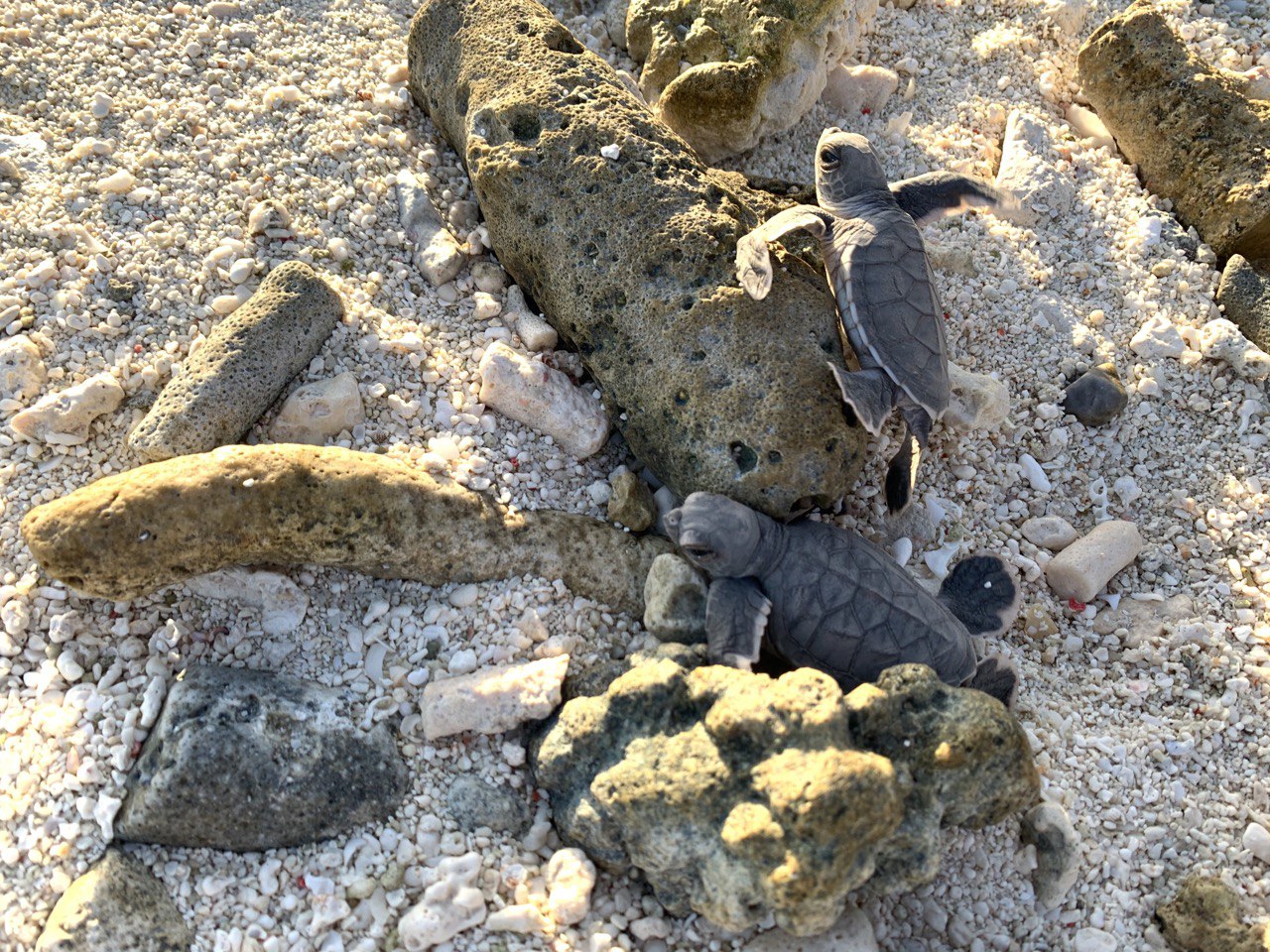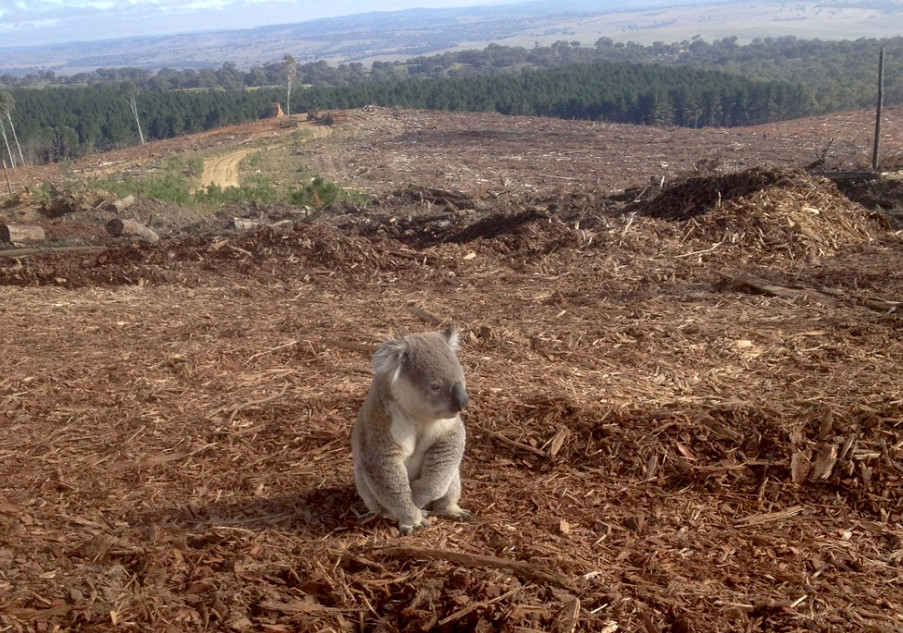Already known to be at risk from warming temperatures that are affecting the ratio of male and female eggs being hatched, a study published recently in the journal Frontiers in Marine Science has found the exposure of green sea turtles (Chelonia mydas) to heavy metal pollution in their foraging areas may be further impacting the species’ embryos.
Green sea turtles are listed as endangered on the International Union for Conservation of Nature’s Red List due to threats from poaching, boat collisions, habitat destruction and accidental capture in fishing gear.
Co-author Arthur Barazza, a marine ecotoxicologist at Griffith University’s Australian Rivers Institute, said researchers studied the effects of pollution on the development of green sea turtles at a long-term monitoring site on Heron Island, a small coral sand cay approximately 80 km off the coast of Gladstone in the southern Great Barrier Reef, where between 200 and 1800 females go to nest each year. The sex ratio at this study site is currently more balanced than nearer the equator, with two to three females hatching for every male.
“Our research shows that the risk of extinction due to a lack of male green sea turtles may be compounded by contaminants that may also influence the sex ratio of developing turtles, increasing the bias towards females,” he said.
Contaminants have been found to disrupt a variety of endocrine and reproductive systems in reptiles but in sea turtles only one contaminant – dichlorodiphenyldichloroethylene (DDE) – has been investigated directly and found not to influence hatchling sex determination at the concentrations tested. However contaminants have been found to skew sex ratios of temperature-dependent sex determination reptiles such as alligators, freshwater turtles, and caimans.
Supported by funding from the World Wildlife Fund for Nature-Australia as part of the Turtle Cooling Project that researches ways to counter the occurrence of female-bias nests at warm beaches due to climate change, the scientists collected 17 clutches of eggs within two hours of being laid, and reburied them next to probes that recorded the temperature every hour inside the nest and at the beach surface. When the hatchlings emerged their sex was determined as well as levels of heavy metals like cadmium and antimony, and organic contaminants known, or suspected, to function as ‘xenoestrogens’ or molecules that bind receptors for female sex hormones.
Senior author Jason van de Merwe, an ecologist and ecotoxicologist at ARI said the accumulation of these contaminants by female turtles occurs at foraging sites, and as the eggs develop within them the embryos absorb the accumulated contaminants. They are sequestered in the liver where they can stay for years after hatching. Although the final sex ratio varied between clutches, most nests produced predominantly female hatchlings. The greater amount of estrogenic trace elements found in the hatchlings’ liver, particularly antimony and cadmium, the greater the female bias within the nest.
“Determining which specific compounds can change the hatchling sex ratios is important for developing strategies to prevent pollutants from further feminising sea turtle populations. Since most heavy metals come from human activity such as mining, runoff, and pollution from general urban waste, the best way forward is to use science-based long-term strategies to reduce the amount of pollutants going into our oceans,” van de Merwe said.
Anne Layton-Bennett
image: Arthur Barraza




